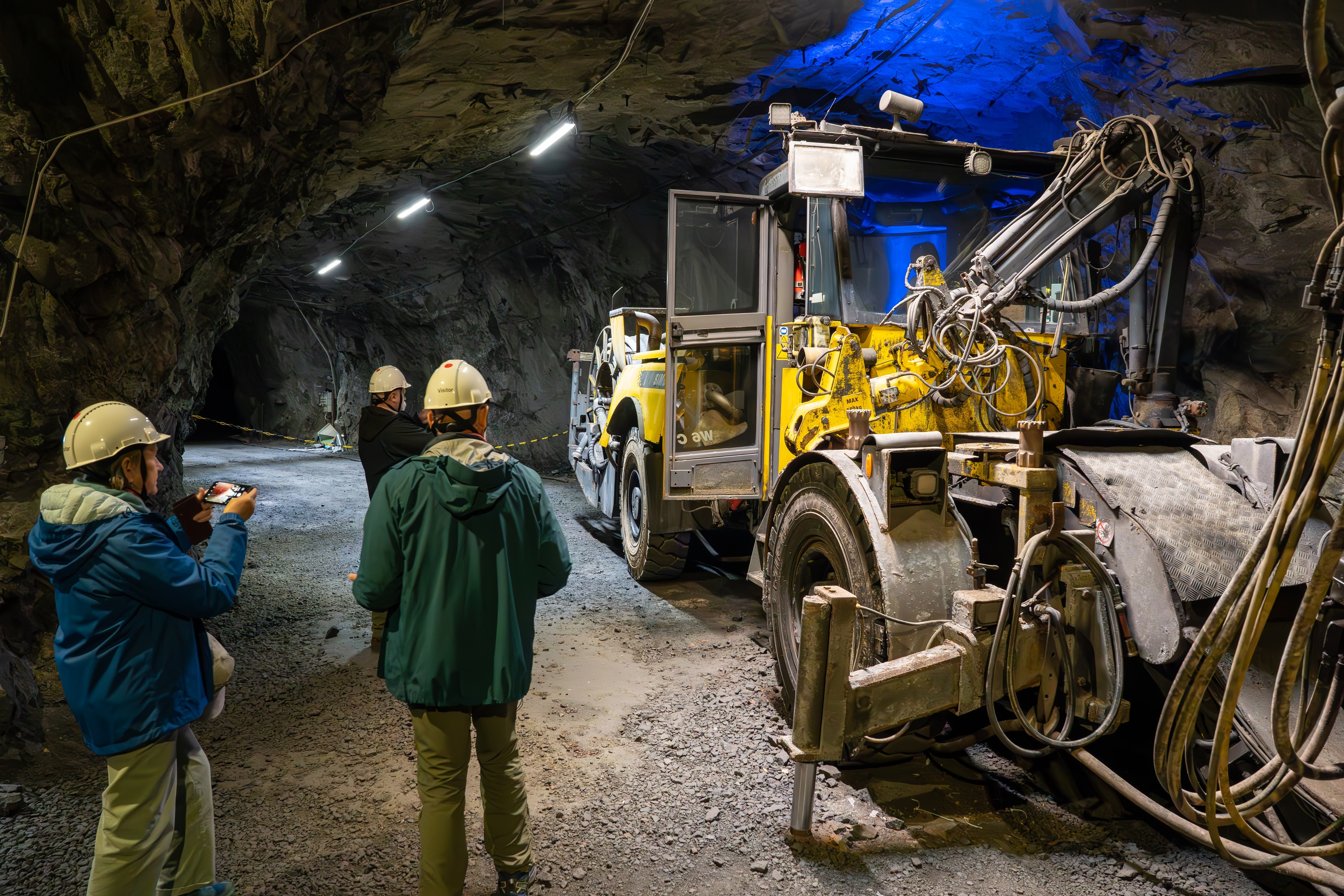Minerals formed from iron-rich magma contain concentrations of so-called rare earth elements. Identifying deposits formed from this magma around extinct volcanoes could be the path to ensuring these elements are widely available, and heading off potential global conflicts and shortages.
The elements from lanthanum to lutetium on the periodic table, plus scandium and yttrium are collectively known as “rare earths”. The name is somewhat misleading – many of these elements are much more abundant in the Earth’s crust than silver or mercury, and similar to copper, but they don’t experience the same concentrating processes. Consequently, commercially viable deposits of rare earths have been hard to find.
That didn’t matter until several rare earth elements became critical to the production of technologies used in consumer goods like smartphones and flat screen TVs. Already rising demand skyrocketed with the use of some rare earths in the production of permanent magnets for electric vehicles and wind turbines that need less frequent maintenance, a feature particularly cherished for offshore wind.
China cottoned on to the need for rare earths before the west and now dominates mining and processing, and is using restrictions to maintain its manufacturing advantage. Belatedly, western politicians and mining companies have turned to geologists for help, and Dr Michael Anenburg of the Australian National University and colleagues have answered the call.
Anenburg is aware some old volcanic deposits are rich in iron compared to those produced more recently. “We have never seen an iron-rich magma erupt from an active volcano, but we know some extinct volcanoes, which are millions of years old, had this enigmatic type of eruption,” Anenburg said in a statement.

Tourists can visit inside an iron ore mine in Kiruna, Sweden, where the largest rare earth elements deposit in Europe was found last year.
Image credit: Tsuguliev/Shutterstock.com
Anenburg and colleagues suspected iron-oxide apatite (IOA) deposits come from old volcanoes, but their origins are still debated. The team melted rocks rich in iron phosphates and silicates at temperatures between 800°C and 1150°C (1,470°-2,100° F) and pressures found deep within the Earth. They were able to replicate many of the features of IOA deposits, including their distinctive bubbles. In the process, they found the IOA-like rocks they produced were enriched in the lighter rare earth elements relative to the heavier ones, a feature already observed in some deposits.
“Our findings suggest that these iron-rich extinct volcanoes across the globe, such as El Laco in Chile, could be studied for the presence of rare earth elements,” Anenberg said.
One IOA deposit in northern Sweden was shown last year to contain the largest resource of earth elements in Europe.
Rare earth elements are expensive partly because deposits tend to have lower concentrations than other in-demand elements, but also because extracting them is much harder. The various rare earths have such similar chemistries to each other that separating them is currently an expensive and messy process. New approaches are under investigation, but yet to be proven at scale.
Finding deposits dominated by certain rare earths relative to others removes one step in the separation process.
China’s domination of rare earth mining has sparked fears that other countries will be refused access in a political conflict, like the restrictions on oil exports in the 1970s that derailed the global economy. Some have even proposed such restrictions could increase the risk of world war. However, the first two authors of the paper are both affiliated with the Chinese Academy of Sciences (one also working at ANU), and are apparently happy to help other countries find minable deposits of their own.
The study is open access in Geochemical Perspectives Letters.
Source Link: We Need More Rare Earth Elements – Extinct Volcanoes May Be The Place To Find Them